Living Legends: James West and Jesse Russell
February 2024Every February, JEM Engineering honors the the African American Engineers who have made lasting contributions in STEM. This year, we’re excited to spotlight two living legends: James Edward West and Jesse Eugene Russell.
Born on February 10, 1931, James Edward West is a distinguished American inventor and electrical engineer. His innovative work has had a profound impact on audio technology and communication systems.
West earned his Bachelor of Science degree in Physics from Temple University and later obtained a Master of Science degree in Physics from the same institution.
In the 1960s, while working at Bell Laboratories, West, along with his colleague Gerhard Sessler, developed the electret microphone.

The invention of the electret microphone became a cornerstone in the field of audio engineering, providing a more compact and reliable microphone technology. Over the course of his career, James West has received numerous awards and honors for his achievements.
To this day, West remains a strong advocate for diversity in science and engineering and has been actively involved in mentoring aspiring scientists. West’s contributions have left an indelible mark on the world of technology, making him a respected figure in the realms of acoustics and electrical engineering.

Born on April 26, 1948, Jesse Eugene Russell is an accomplished American inventor and electrical engineer. He is renowned for his groundbreaking contributions to the field of wireless communication.
Russell earned his Bachelor of Science degree in Electrical Engineering from Tennessee State University and later received a Master of Science degree in Electrical Engineering from Stanford University.
In the 1980s, Jesse Russell played a pivotal role in the development of digital cellular communication technology.
If not for James Edward West and Jesse Eugene Russell, we wouldn’t have the microphones and cellphones we have today!

Latest Posts
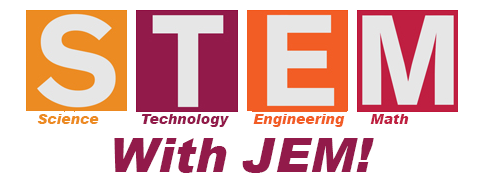
STEM with JEM
Did you know that National STEM Day falls on the 8th of November each year? That’s because the abbreviation “NOV8” actually stands for “INNOVATE.”
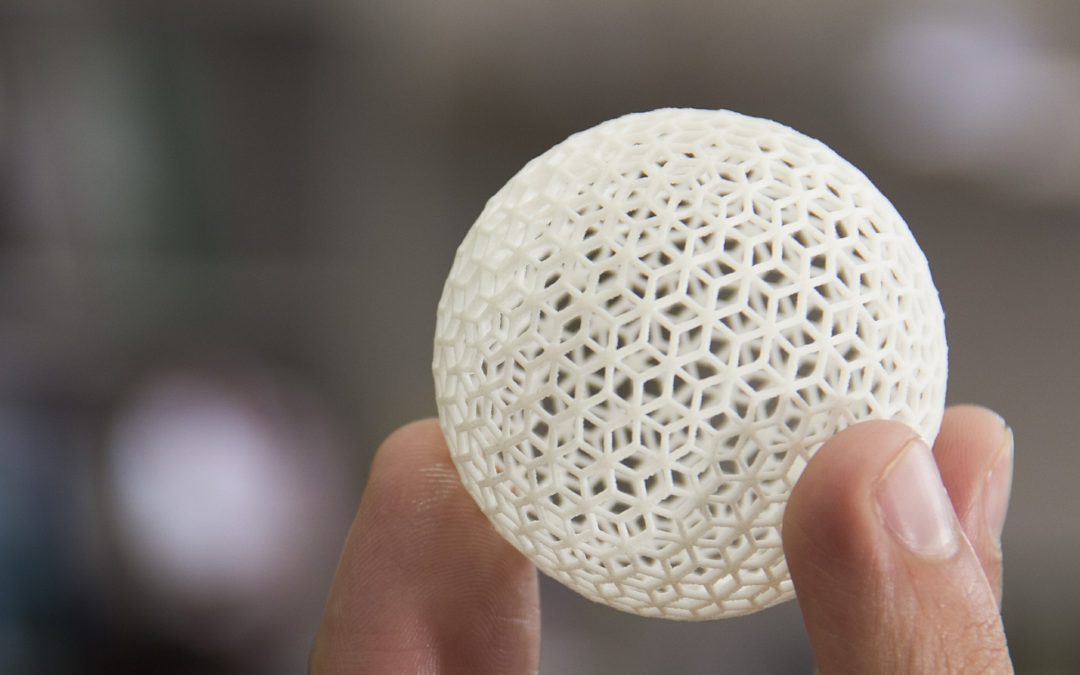
Reshaping Antenna Design with 3D Printing
As we discussed in a previous post, before we can manufacture, we must prototype. For this step in the process, we are beginning to explore additive manufacturing, or as it’s more commonly known, 3D printing.
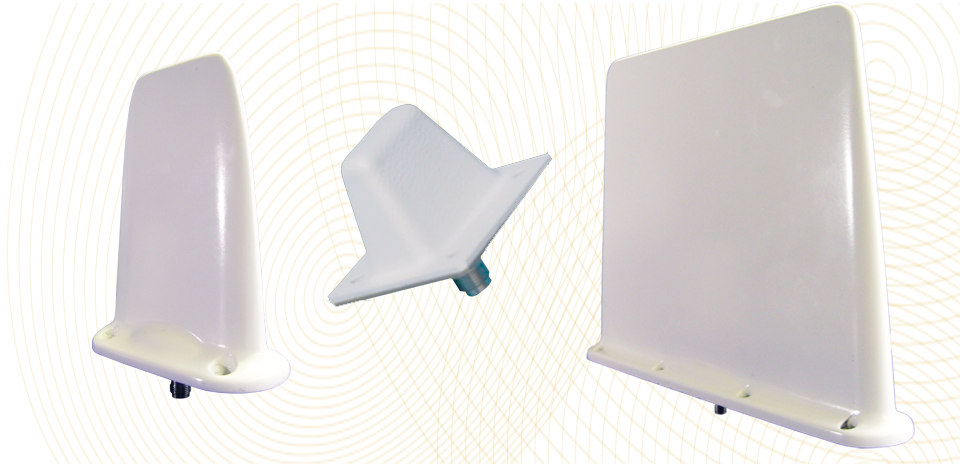
An Overview of Unmanned Aerial Vehicles — and their Antennas
An unmanned aerial vehicle, or UAV, refer to a vehicle that is able to fly remotely, either with some sort of controller or autonomously. An unmanned aircraft system, or UAS, includes not only the UAV, itself but also the person on the ground controlling the flight, as well as the system in place that connects the two of them.
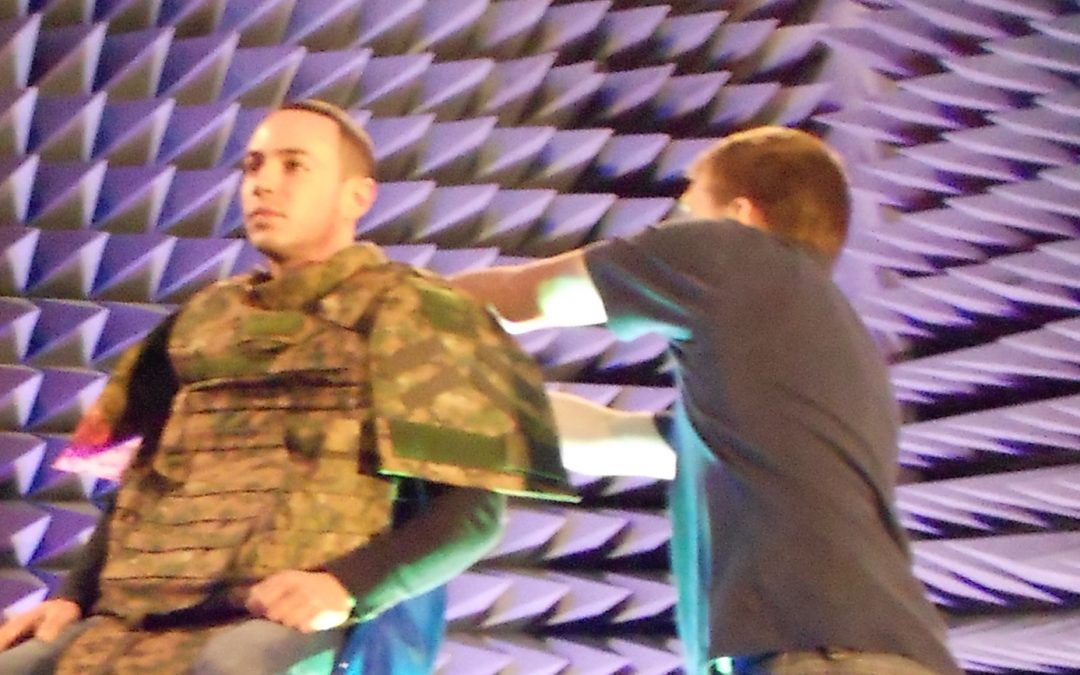
An Introduction to RF Testing
RF testing is used to measure a variety of different antenna attributes. In this post, we discus a few ways in which rf testing can help determine if your device is performing the way it should.

Antenna 101: Types & Applications
In this article, we take a look at some of the different antenna types, and what applications they can be used for.

Why I Chose a Career in STEM
In celebration of STEM Day (November 8) we asked our CEO, Nancy Lilly, and our Director of Antenna Development, Victor Sanchez, why they decided to pursue a career in STEM, and this is what they said…
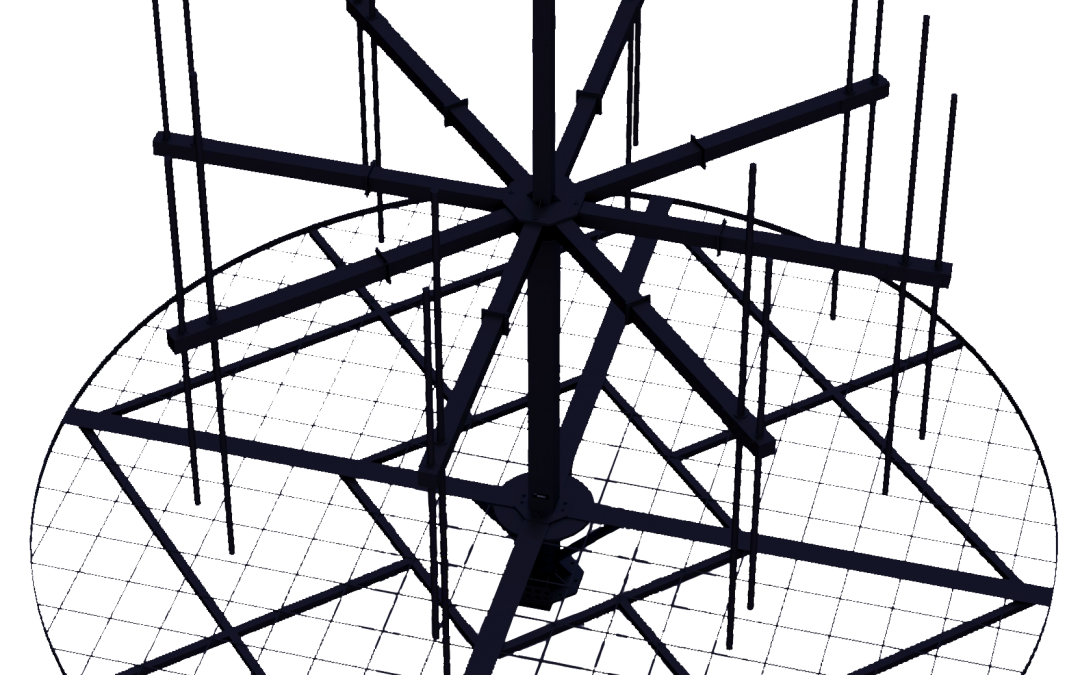
The Makings of a Reliable Antenna
Every product, specialty or off-the-shelf, must be designed, tested, and perfected by a team of experts, so that the end-user can be assured of its reliability. The same applies to antenna design.
